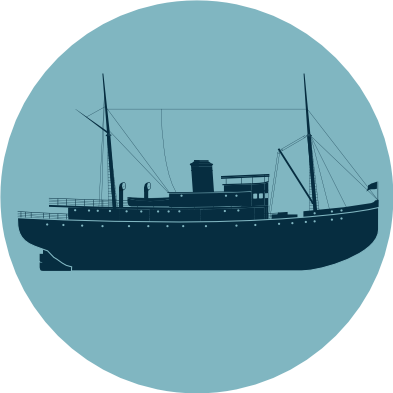
 0
0Transcription: "Nautical charts and instruments"
This page includes the written transcript of this podcast, translated into English.
You have in front of you a nautical chart showing, among other things, Île aux Grues, which is part of an archipelago located in the middle of the river corridor.
This archipelago divides the St. Lawrence in two, creating a navigation channel to the north and another to the south. The map dates back to 1922. At that time, satellites did not yet exist to see every corner of the planet, but the cartography was still reliable.
We have little idea of the importance, and I would even say the power, of a good map for the ancient navigators. When European fishermen began to report large islands, and even a continent, across the Atlantic, maritime cartography became a major issue for European powers. Navigators with the right maps became crucial informants about this new world to be discovered. Leaders fought fiercely over these precious sources of information.
Before the arrival of electronic instruments, navigation was practiced by dead reckoning.
This means that the ship's position was established from the distance travelled and the presumed distance of the entire route. To do this, navigators needed to know their course, the ship’s speed, and the time elapsed between each measurement. Navigation instruments were developed to calculate these elements. To determine the course, or direction, required a compass, normally a navigational compass. The log, used with an hourglass, measured the relative speed of the ship on the surface of the water. You can see an example of its use by watching the video via the button below.
To get their bearings at sea, sailors long relied on the astrolabe, an instrument used since olden times to measure the height of a star so as to determine the latitude, or vertical height, from the equator.
The invention of the octant in 1731 and the sextant thereafter greatly improved its accuracy. However, it was not until the arrival of a reliable chronometer in 1774 that longitude, i.e. the horizontal distance of the ship from a reference meridian, could be determined. From then on, dead reckoning gave way to more precise positioning of the ship. When approaching the coast, the navigator turned to a thousand-year-old instrument: the sounding line made of a lead ballast and a calibrated line used to determine the depth of the water. From then on, navigation techniques evolved very quickly.
